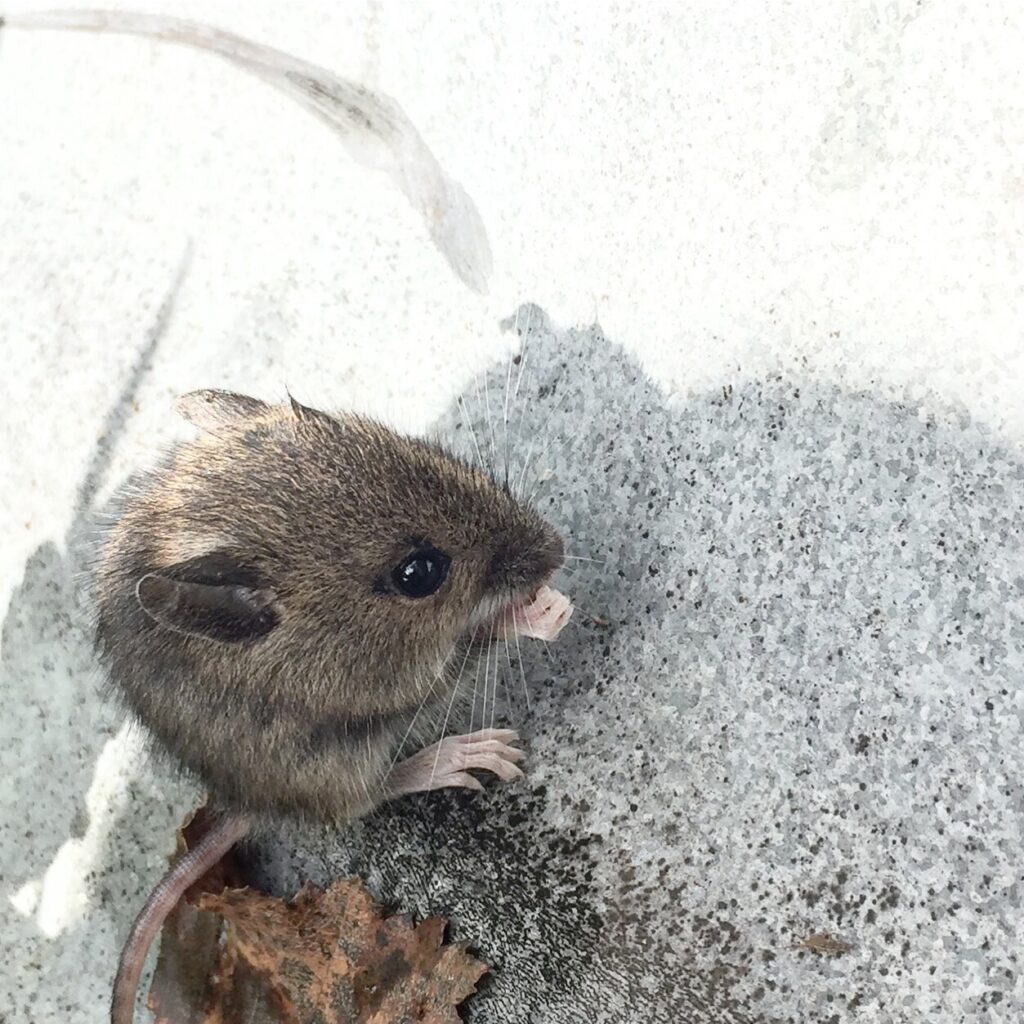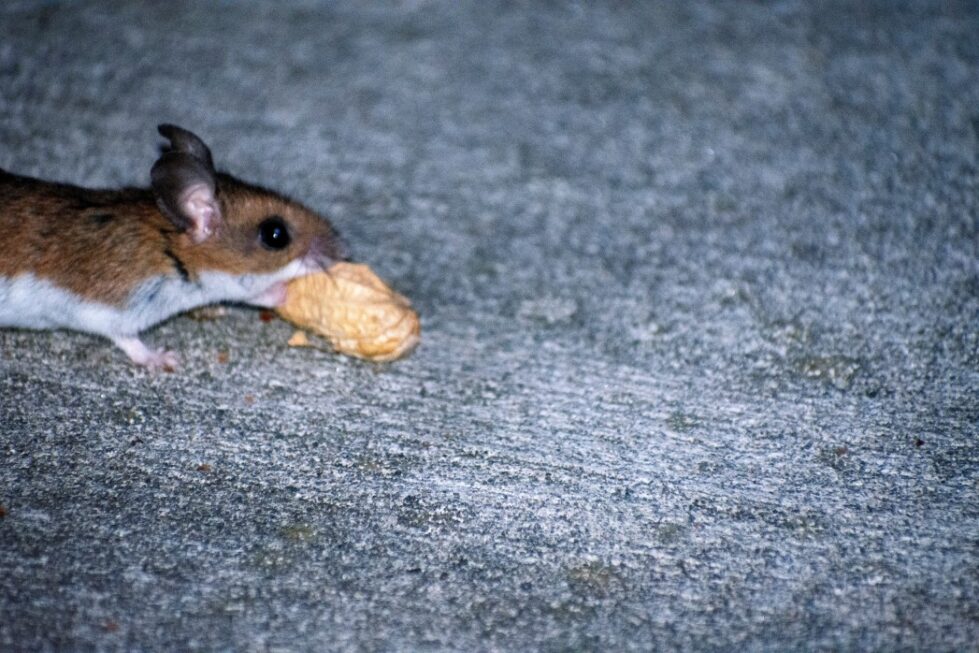Mice are a common pest that can come into your home and cause a lot of damage, from eating through your food to chewing on wires. Mice also carry diseases such as plague and Hantavirus. The best way to get rid of mice is to quickly find the source, seal it up, and set traps in areas where they frequent.
Do you have a mouse or rat infestation? Here are pro tips on the fastest ways to get rid of mice!
Mice infestations can be controlled effectively by preventing them and reducing their population. Sanitation and isolation are two preventive approaches.
In cartoons, a mischievous mouse may appear cute, but mice are pests that eat everything, including shoes, clothes, and electrical wires. A mouse bite may necessitate medical attention and injections.
Mice eat stored foods, grains and are carriers of a variety of diseases, including the bubonic plague and leptospirosis. Mice infestations can be controlled effectively by preventing them and reducing their population. Sanitation and isolation are two effective preventive approaches to get rid of mice.
Pro Tips to Get Rid of Mice
1. Set traps
Trapping is an effective approach for controlling mice in areas where there are fewer of them. Traps, on the other hand, must be put in strategic locations, such as on the ground along the walls, behind items, in dark corners, and in areas where mouse activity has been observed. Trapping provides several advantages, including:
- It prohibits or controls the use of dangerous rodenticides.
- It eliminates dead mouse odors by allowing for the disposal of trapped mice, instead of death by poisons.
Snap traps and electrocution traps are the two types of traps. Snap traps: You can use any of the snap traps provided, such as:
- Snap traps in the size of a mouse (wooden) or plastic snap traps in the size of a mouse (plastic).
- Live traps with several captures (Victor Tin Cat and the Ketch-All) Set the triggers softly to allow the traps to bounce about freely.
- Electrocution traps: These are battery-operated traps that electrocute rats to death (Rat Zapper, Victor). They are costly, but they are excellent mice control tactics used by commercial property owners and professional pest control companies.
2. Glue boards
Glue boards are sticky pads that function similarly to fly paper in catching flies. When mice try to cross them, they stick to them. They’re widely available in supermarkets and hardware stores.
3. Baits
Baits for mouse control include items like peanut butter or cheese that have been laced with rat poison (rodenticides). Mice are drawn to these deadly foods, consume them, and die as a result.
Rodenticides with anticoagulant properties:
These are the ones that thin the mice’s blood, causing them to die. Because mice continue to feed on them, it normally takes several days to kill them.
Warfarin, Chlorophacinone, and Diphacinone are common rodenticides.
Pay close attention to the label. Typically, bait application instructions recommend giving a continuous supply of bait for at least 10 to 15 days or until no mice activity is observed. After ingesting a deadly amount of anticoagulant bait, a rodent normally takes 2-6 days to die.
Other rodenticides include the following:
Zinc phosphide, Bromethalin and Cholecalciferol
Bromethalin and Cholecalciferol, like anticoagulants, take several days to kill the mouse that ingests them. Zinc phosphide is an acute toxicant that kills a house mouse within several hours of ingesting a deadly dosage. It appears to be the quickest technique to get rid of mice by lowering their population. Obviously, if you have pets or children, you’ll be hesitant to use poisons in your home! We advise caution when considering these methods!

4. Sanitation
Keeping the house and kitchen clean and clutter-free is crucial to attaining successful mouse population management. They won’t be able to stay in such dwellings for long if they can’t locate sites where they can easily gather food to build their nests and rear their young. Seal and pack the snacks and pet food tightly.
5. Exclusion
Wildlife exclusion is the most effective and long-lasting method of mouse control in the home. Exclusion methods are what many wildlife removal companies recommend due to their effectiveness. Exclusion entails securing all possible entry sites for mice into your home. Here’s what you should do if you are considering exclusion for your home:
- Remove any entry gaps or openings that are greater than 1/4 inch.
- Temporary seals can be made with stainless steel scouring pads.
- Permanent or long-term solutions include using metal or concrete to plug holes in building foundations and around openings for water pipes, vents, and utility wires.
- Ensure that all doors, windows, and screens are securely fastened. If you notice a gap through which mice can get in, plug it with metal pads.
- Avoid using plastic screens, rubber, vinyl, and insulating materials. Mice can chew through these items.
Professional Pest Control Service
If you can’t get rid of mice using these methods, you should call a professional pest control company to assist with trapping, removal, and exclusion service to ensure your pest problem doesn’t return.
Mice are becoming a big problem in today’s urban environments. They can get into your home through an open door or window, and once they’re inside they will make themselves at home, and multiply. If you see one of these rodents around your house or find droppings, don’t wait, call our team today. Nobody likes the dirty job of getting rid of mice, but your home cannot be a destination for these disease-carrying rodents, either.

